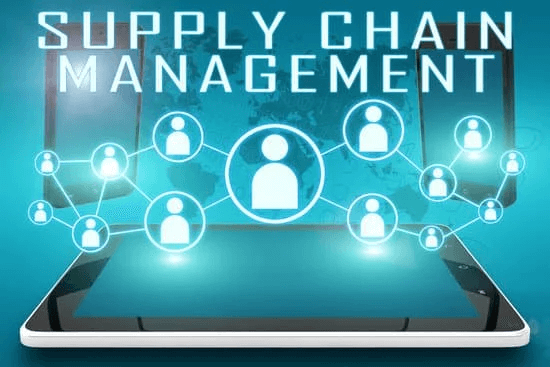
How To Achieve Transparency In Supply Chains
It should come as no surprise that customers want more information about the basis of their products in an age where news headlines frequently discuss human rights violations, global warming, supply chain problems, and product and food shortages.
The following list of four factors can assist you in creating transparent supply chains:
- Identifying and ranking hazards
- Risk visualization
- Utilizing transparency tools to fill up the information gap
- Organizing and observing
Here is an example of how this may go in practice:
Analyze the current state of your supply chain, identify any risks, and define objectives

Start by thinking and mapping your current supply chain. How do your products go from conception through manufacturing and finally into the hands of your customers? Ensure you know the total number of suppliers and the whole supply chain. The moment has come to do the necessary study and fill any information gaps. Then, review this series of actions to spot threats and risks: Where did previous interruptions start? What problems have you had with suppliers? Setting objectives should wait until you have completed both of these activities. Remember to consider “sustainability” holistically while you do this.
Create a code of conduct to meet your goals

Decide if this conduct code is one that you’ll try to uphold solely privately or if all of the suppliers you intend to work with will be required to adhere to it. To do this, you’ll need to speak with suppliers about their current standards of conduct, business practices, and whether they will help you achieve your objectives. How can you collaborate to address problems like health and safety, environmental effects on construction sites, and ambiguous sources of origin?
Measure your progress

Select the tools you’ll utilize and decide how you’ll track and analyze your progress. Existing technologies, such as the reports suppliers are currently required to complete, are available that can assist you in achieving your objectives. Will you need to hire a third-party auditor’s services?
Consider your supply chain in that context and observe how your perspective on managing and improving it changes. Whatever solutions you use, keep in mind that supply chains are flexible and constantly evolving, so progress will need to be monitored frequently to meet your objectives.
Disclose your results to partners and customers

It is up to you as a business to choose what information and how much information you want to share with your partners and customers without legislative obligations or to control different difficulties. Whatever you decide to do, please keep it simple. When a business produces it “simple to comprehend the steps they are doing to accomplish their economic and social impact goals,” 41% of the customers surveyed by reports stated that this significantly impacted their purchase decisions in the previous year.
You can also use the NetSymm app to communicate with your suppliers. It will also save you time and hassle. Download the NetSymm app or book a Demo at NetSymm.
Related Posts
-
Supply chains are out – supply networks are in!
What’s trending in 2021? The importance of collaboration with suppliers, co-manufacturers, customers, carriers, and distributors…
-
Supply Chain Management
Each year, we see technologies used for supply chain management shift and change. As we…
-
Four Supply Chain Predictions for 2022
Here are four supply chain predictions for 2022 from Forbes. They anticipate increased spending on…
-
7 Supply Chain Trends to Watch in 2021
Trends show the vital role of technology in the supply chain, and how its use…






Leave a Reply
You must be logged in to post a comment.